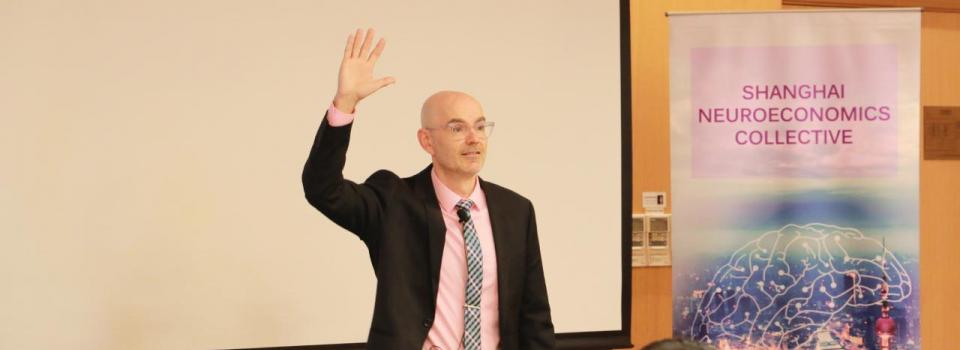Nov 20 2015
Published by
NYU Shanghai

Following our first successful kick-off lecture in Shanghai Colloquium in Neuroeconomics series, Professor Richard Krauzlis, senior investigator of National Eye Institute (NEI) of the United States, conveys an excitingly new perspective on visual attention. The colloquium, highlighting Dr. Krauzlis’ latest proposal on the attention mechanism, serves as a novel research infrastructure to share the latest scholarly insights on neuroeconomics.
It is commonly believed that attention is controlled by a cerebral network that consists of frontal and parietal cortex. However, Dr. Krauzlis and his team were surprised to find that superior colliculus, a major component of the midbrain, plays a crucial role in spatial attention. Dr. Krauzlis proposes that modern attention is built on top of the ancient decision-making circuits centered on the basal ganglia, which projects to colliculus, cortex and brain stem. “It’s a bold hypothesis,” said Richard, “but also inspiring.”
This study represents a new perspective on visual attention. While it is just one possible explanation and further studies are still needed to validate the hypothesis, the idea has shaken the scholarly perceptions on attention mechanism. The colloquium is highly interactive, with scholars and students from relative fields of expertise engaging fully in the following Q&A sessions. Undergraduate students also express their inspirations from Dr. Krauzlis’ lecture and their willingness to join more upcoming neuroeconomics colloquiums.


